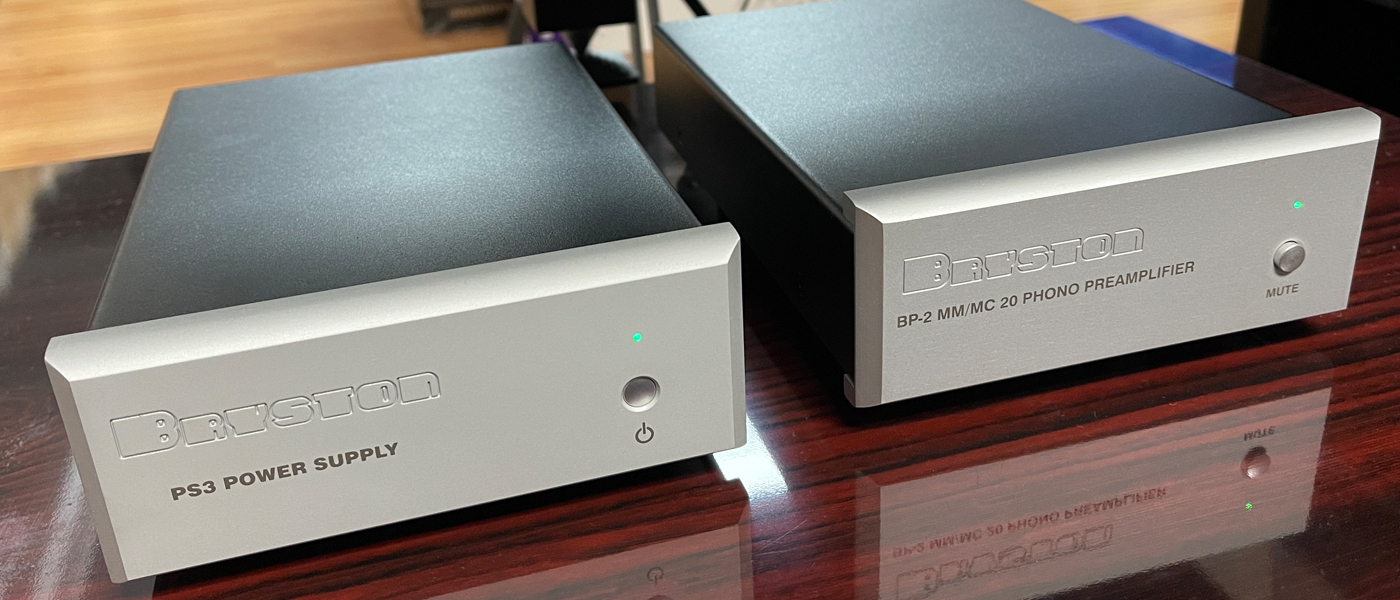It's like anything audio related. Easy to fool yourself. Building a SOA phono stage may not be a trivial matter, but whether one needs (i.e., can identify) a SOA phono stage from a merely good one is questionable. Refer to the ASR Apt preamp thread. In the late '70s there was much buzz about many technically interesting 'tests' for phono cartridge/RIAA stage interaction. What to do and what to avoid. But here's the thing-->a lot of stuff that can be measured can't be heard. The reverse is not the case. At the end of the day those tests didn't make much difference, at least from a "Can I hear this?" point of view.
Over at the
Home Hi Fi Secrets page David Rich (one of the best reviewers extant) runs down the latest and greatest Bryston phono preamp. Rich mentions some of the old Tom Holman research papers, as if it is important stuff. Is it? For the end user? Now, the Bryston is likely as SOA as anything anyone can buy. Not cheap, but not cloud cuckoo-land expensive, either. But you know what the big problem was? The thing they had to overcome, when listening--getting it to work? Grounding the turntable! Their record player wouldn't ground to the unit, so they had to wire it to another component. Hum made it unlistenable in their unique setup (they were using a Japan-only market turntable with non-US standard mains wiring).
Bryston’s deceptively simple yet potent little phono preamp has but one purpose, to translate the music from your record collection as...

hometheaterhifi.com
In my experience, FWIW, noise is the big thing you want to get rid of in your phono stage. It's why I've never had good luck with pure tube phono electronics. My current home-made preamp uses tubes to amplify a JFET input, in order to get rid of noise. I also have a small SS phono stage that is extremely quiet (when played through Benchmark electronics and sensitive horn speakers). And that little phono stage didn't cost Bryston money, I'll tell you for sure.
I remember Michael Elliot (of the erstwhile Counterpoint company) writing how his tube MC step up (SA-2) device was a mistake, and that he should have used a transformer. Because of noise.

